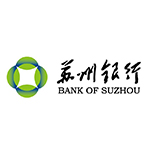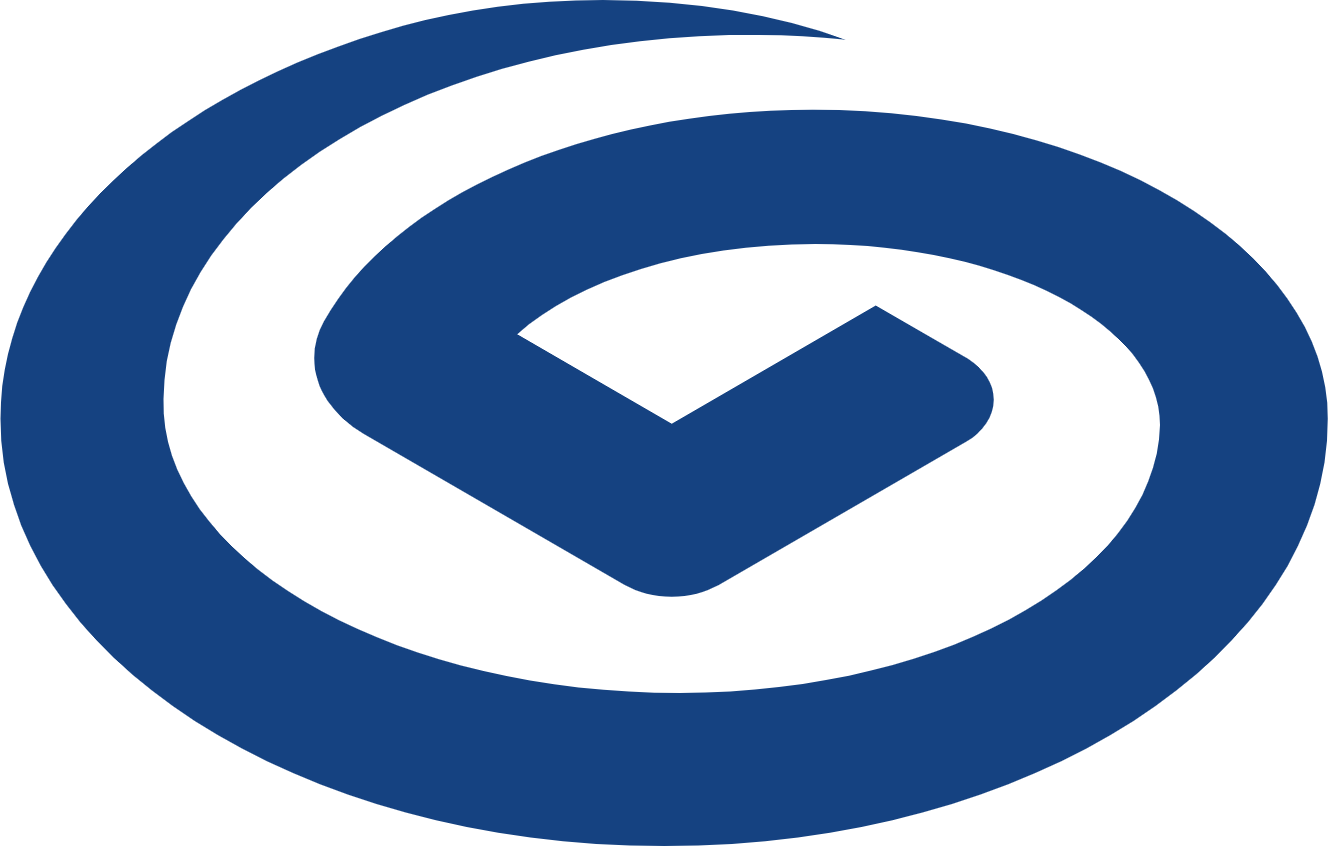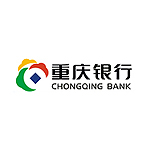Bank of Ningbo(002142)
Search documents
24家A股银行将现金分红超2600亿元
21世纪经济报道· 2025-11-24 12:38
记者丨叶麦穗 编辑| 包芳鸣 股市热点快速转换,红利行情风云再起。 近期,农业银行、工商银行、中国银行股价先后刷新历史新高。其中,银行的中期分红成为 催化剂, 截至11月24日,共有24家A股上市银行披露2025年中期分红方案,现金分红金额为 2637.90亿元。 其中,兴业银行、长沙银行、宁波银行等7家银行为上市以来首次实施中期分 红。有业内人士分析表示,银行板块低估值隐含的价值空间依旧显著,年底步入长线资金配 置时段,有助催化银行股市场表现。 拟分红金额达2 6 3 8亿元 银行板块净增持超9 0亿元 除了分红之外,近期多家上市银行的重要股东和高管纷纷出手增持自家股票,传递出积极的 市场信号。成都银行方面,其实际控制人控制的股东——成都产业资本集团和成都欣天颐, 在8月27日至11月21日期间,合计增持了约3424.70万股,累计投入资金达6.11亿元。 近日无锡银行公告称,公司2025年半年度利润分配方案已通过审议。本次以总股本21.95亿股 为基数,每股派发现金红利0.11元(含税),共计派发现金红利2.41亿元。股权登记日为2025 年11月24日,除权(息)日和现金红利发放日为2025年11月25 ...
智元机器人出质轮足机器人专利
Qi Cha Cha· 2025-11-24 10:06
(企查查) 企查查APP显示,近日,智元创新(上海)科技股份有限公司新增一出质专利公告,专利名称为"轮足机器人的腿部结构及轮足机器人",质权人为宁波银 行股份有限公司上海分行。摘要显示,该专利通过采用电机驱动的方式,相比于现有技术中的齿轮结构,不需要润滑或封闭保护,且不存在齿轮的磨损问 题,有利于增加轮足机器人的可靠性。 ...
智元机器人出质轮足机器人专利予宁波银行上海分行
Xin Lang Ke Ji· 2025-11-24 03:11
【#智元机器人出质专利#】#智元机器人出质轮足机器人专利#企查查APP显示,近日,智元创新(上 海)科技股份有限公司新增一出质专利公告,专利名称为"轮足机器人的腿部结构及轮足机器人",质权 人为宁波银行股份有限公司上海分行。摘要显示,该专利通过采用电机驱动的方式,相比于现有技术中 的齿轮结构,不需要润滑或封闭保护,且不存在齿轮的磨损问题,有利于增加轮足机器人的可靠性。 ...
本周在售纯固收理财榜单:互联网银行代销产品收益相对偏低
2 1 Shi Ji Jing Ji Bao Dao· 2025-11-24 01:16
编者按:当前银行理财货架产品琳琅满目,诸如"增强""稳健""均衡"等名称相近、特征模糊的产品层出不穷,投资者应如何甄别 与选择?为降低投资者的选择成本,南财理财通课题组从代销机构角度入手,每周一聚焦各渠道当周在售的理财产品,搜罗其 中业绩表现优异者,并发布代销产品业绩榜单。 本期,课题组重点关注理财公司发行的纯固收产品,从代销渠道为投资者优选出在售产品。 为提供有效的选品参考,榜单展示了产品近一月、近三月及近六月的年化业绩,并按照近三月年化收益率进行排序,以此反映 其在近期市场波动中的多维度收益表现。 统计代销机构(28家):工商银行(601398)、中国银行(601988)、农业银行(601288)、邮储银行(601658)、建设银行 (601939)、交通银行(601328)、招商银行(600036)、中信银行、光大银行(601818)、民生银行(600016)、兴业银行 (601166)、浦发银行(600000)、广发银行、浙商银行(601916)、华夏银行(600015)、平安银行(000001)、恒丰银 行、渤海银行、北京银行(601169)、宁波银行(002142)、江苏银行(600919)、上海 ...
银行业周度追踪2025年第46周:关注零售贷款资产质量趋势-20251124
Changjiang Securities· 2025-11-23 23:30
丨证券研究报告丨 行业研究丨行业周报丨银行 [Table_Title] 关注零售贷款资产质量趋势 ——银行业周度追踪 2025 年第 46 周 报告要点 [Table_Summary] 本周市场整体下跌,风险偏好明显回落,银行股小幅回调,但明显跑赢大盘及创业板指数,体 现防御属性。四季度以来市场调整过程中国有行表现最突出,率先创新高,同时中期分红时点 提前至 12 月,推动配置盘加仓。个股层面,国有行呈现轮动式上涨,前期领涨的农业银行本周 调整,但中国银行 A 股大涨,建设银行 A 股、交通银行 A 股等也涨幅靠前,南京银行大股东法 巴银行再度增持,推动涨幅领先。四季度继续看好银行股系统性估值修复,红利配置盘持续加 仓,同时受益市场风险偏好回落。 分析师及联系人 [Table_Author] 马祥云 盛悦菲 SAC:S0490521120002 SAC:S0490524070002 SFC:BUT916 请阅读最后评级说明和重要声明 %% %% %% %% research.95579.com 1 [Table_Title 关注零售贷款资产质量趋势 2] ——银行业周度追踪 2025 年第 46 周 [Tab ...
银行周报(2025/11/17-2025/11/21):多家银行股东及管理层踊跃增持-20251123





GUOTAI HAITONG SECURITIES· 2025-11-23 12:42
Investment Rating - The report assigns an "Accumulate" rating for the banking sector [5]. Core Insights - Since the beginning of the year, many banks' shareholders and executives have actively increased their holdings, ranking first among 31 industries in terms of the amount of increase. Notable banks with significant increases include Nanjing Bank, Suzhou Bank, Everbright Bank, Shanghai Pudong Development Bank, and Chengdu Bank [2][5]. - The net amount of shareholding changes in the banking sector is approximately 9.03 billion, with an increase of about 12.63 billion, ranking second only to the transportation industry. The decrease amounts to about 3.60 billion [5]. - More than half of the banks have disclosed plans for major shareholders or executives to increase their holdings, with the top three banks in terms of increased amounts being Nanjing Bank (7.38 billion), Suzhou Bank (1.74 billion), and Everbright Bank (1.24 billion) [5]. Summary by Sections Related Reports - The report references several related reports on banking, including topics such as mid-term dividend acceleration and credit issuance tracking [4]. Industry and Company Dynamics Tracking Major News - The People's Bank of China announced the LPR rates for one year and five years remain unchanged at 3.0% and 3.5%, respectively [11]. - Recent surveys indicate that operating loan rates have dropped significantly, with some banks offering rates below 2.5% [11]. Major Announcements - Wuxi Bank plans to implement a mid-term dividend of 0.11 yuan per share, totaling 241 million [12]. - Nanjing Bank's major shareholder, France's BNP Paribas, increased its holdings by 128 million shares, representing 1.04% of the total share capital [12]. Weekly Data Tracking - During the period from November 17 to November 21, the banking sector experienced a decline of 0.87%, outperforming the CSI 300 index by 2.90 percentage points [5][14]. - The average interest rate for the six-month national large banks and joint-stock banks increased by 7 basis points to 0.68% [5].
中长线低估值高股息核心标的清单
Sou Hu Cai Jing· 2025-11-21 23:43
Group 1: Banking Sector - The banking sector is highlighted as a "dividend king," with valuations at historical lows and dividend yields surpassing many investment products [3] - Industrial and Commercial Bank of China (ICBC) is identified as a leading state-owned bank with a dividend yield exceeding 4.5% and stable non-performing loan ratios [3] - Ningbo Bank is noted as a high-performing city commercial bank with a dividend yield around 3.8%, strong profitability, and good asset quality [3] Group 2: Public Utilities Sector - The public utilities sector is characterized by its essential nature, ensuring stable performance regardless of market fluctuations [3] - Yangtze Power is mentioned as a leading hydropower company with a consistent dividend yield between 3.5% and 4%, supported by stable cash flow and government policies favoring clean energy [3] - China Shenhua Energy, with a dual focus on coal and electricity, offers a dividend yield exceeding 5% and possesses substantial resource reserves [3] Group 3: Consumer Sector - The consumer sector features undervalued blue-chip stocks with improved dividend yields [3] - Yili Group, a leader in dairy products, has a valuation below 20 times earnings and a dividend yield of around 3%, benefiting from consistent domestic demand for milk [3] - Midea Group, a leading home appliance manufacturer, has a dividend yield around 4% and a valuation of approximately 12 times earnings, supported by a well-established global presence [3] Group 4: Manufacturing Sector - The manufacturing sector includes high-quality stocks with strong dividend yields and low valuations, backed by industry logic [4] - Fuyao Glass, a global leader in automotive glass, has a dividend yield of about 3.5% and a valuation around 15 times earnings, with increasing demand driven by the rise of electric vehicles [4] - China Railway Construction Corporation is highlighted as a leading infrastructure company with a dividend yield exceeding 4% and a valuation below 8 times earnings, benefiting from ample infrastructure orders under stable growth policies [4]
宁波银行股份有限公司第八届董事会第十二次会议决议公告
Shang Hai Zheng Quan Bao· 2025-11-21 19:36
Core Viewpoint - Ningbo Bank's board of directors approved several key resolutions during the 12th meeting of the 8th board, including the expected amount for daily related transactions in 2026 and the appointment of new executives [1][4][10]. Group 1: Board Resolutions - The board approved the expected amount for daily related transactions in 2026 with unanimous support [2][54]. - The board also approved the revision of the "Ningbo Bank Related Transaction Management Implementation Measures" [5][6]. - A unified authorization for daily financial services for directors and senior management was approved [7][8]. - The financial report audit and internal control audit plan for 2025 was approved [10][11]. - The business continuity management audit report was also approved [12][13]. - The board approved the formulation of the "Ningbo Bank Group Risk Appetite Management Measures" [15][16]. - The appointment of Fu Wensheng as the vice president of the bank was approved, pending regulatory approval [17][19]. - The appointment of Wang Yongjie as the chief compliance officer was also approved, pending regulatory approval [18][19]. - The board approved the revision of the bank's articles of association [22][23]. - The board approved the revision of the rules for the shareholders' meeting [25][26]. - The board approved the revision of the rules for the board meeting [28][29]. - The board approved the proposal to abolish the supervisory board [31][32]. - The board approved the convening of the second extraordinary general meeting of shareholders in 2025, scheduled for December 8, 2025 [34][35]. Group 2: Supervisory Board Resolutions - The supervisory board approved the expected amount for daily related transactions in 2026 with unanimous support [38]. - The supervisory board approved the financial report audit and internal control audit plan for 2025 [40][41]. - The supervisory board approved the business continuity management audit report [42][43]. - The supervisory board approved the revision of the bank's articles of association [44][45]. - The supervisory board approved the revision of the rules for the shareholders' meeting [47][48]. - The supervisory board approved the proposal to abolish the supervisory board [50]. - The supervisory board approved the convening of the second extraordinary general meeting of shareholders in 2025 [51]. Group 3: Related Transactions - The expected amount for daily related transactions in 2026 includes a maximum credit balance of 100 billion for corporate shareholders, with specific limits for high-risk credits and bond investments [55]. - The expected amount for related transactions with Singapore Overseas Chinese Bank and its affiliates includes a maximum credit balance of 220 billion [57]. - The expected amount for related transactions with natural persons and their related enterprises includes a maximum high-risk credit of 20 billion [58].
宁波银行:聘任付文生为副行长、王勇杰为首席合规官
Cai Jing Wang· 2025-11-21 14:19
Core Points - Ningbo Bank announced the appointment of Fu Wensheng as Vice President and Wang Yongjie as Chief Compliance Officer, effective upon regulatory approval [1] Group 1: Appointments - Fu Wensheng has been appointed as Vice President of Ningbo Bank, with qualifications effective from regulatory approval [1] - Wang Yongjie has been appointed as Chief Compliance Officer of Ningbo Bank, with qualifications effective from regulatory approval [1] Group 2: Profiles - Fu Wensheng, born in August 1972, holds a master's degree and is a senior economist. He has held various positions within the bank, including Deputy Secretary of the Party Committee and has been Vice President since September 2012 [2] - Wang Yongjie, born in October 1972, also holds a master's degree and is a senior economist. He has served as Vice President and Risk Director, with a career spanning various roles in the bank since November 2011 [3]
宁波银行:罗孟波因工作原因辞去监事长、职工监事职务
Cai Jing Wang· 2025-11-21 14:18
11月21日,宁波银行(002142)发布公告称,近日该行监事会收到罗孟波提交的辞呈。因工作原因,罗孟波辞去公司监事长、职工监事职 务,自2025年11月21日起生效。罗孟波辞任后,继续担任公司党委委员,履行相关工作职责。 ...





